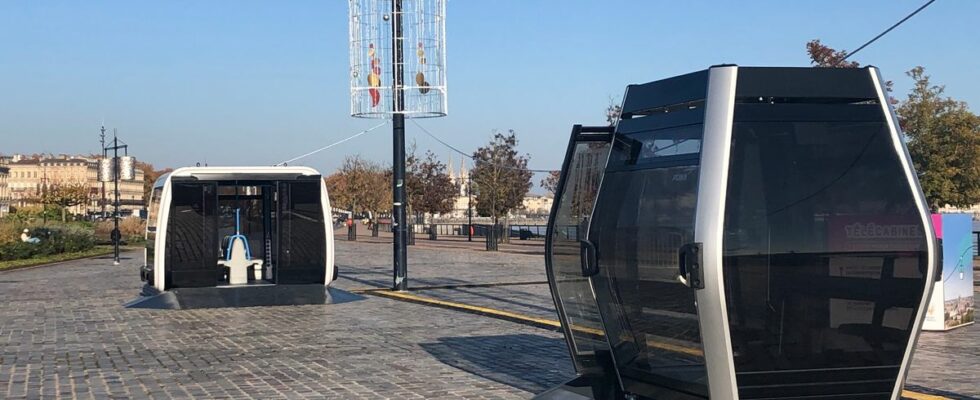What do you think of cable transport between the heights of Cenon/Lormont and the Bacalan/Achard sector? Seduced or opposed to the project, it is in any case possible to share your opinion in a reasoned way until February 13th. on line or to write directly in the consultation registers available in the town halls of Cenon, Lormont, Bordeaux, at the eco-citizen house and in Bordeaux Métropole. Nine possible routes that emerged after feasibility studies.
The metropolis is the contracting authority for this project and will be the decision-maker, following the consultation, organized by the National Commission for Public Debate. The project should contribute to relieving traffic congestion in the metropolis from 2028, even though a 44% growth in daily trips between Lormont Cenon and the left bank is predicted in 2030 (compared to 2020) under the pressure of the various urban projects.
Cable car or gondolas?
“Given the characteristics of the project (expected attendance, need for a bend and an intermediate station) the cable car “back and forth” was discarded from the start of the feasibility studies in favor of gondolas”, explains Bordeaux Métropole. The cable car offers one or two large-capacity cabins (up to 200 seats) that travel back and forth. “It performs very well over fairly short distances,” says a Bordeaux Métropole service technician. The length of the routes varies from 1,790 to 2,340 m in the Bordeaux case.
Gondolas, with capacities of 10 to 35 places depending on whether they are single-cable, bi-cable or tri-cable, will be preferred to the cable car. They follow one another on the cable by circulating in a loop, in a unidirectional movement. The tri-cable limits the number of pylons but requires more imposing stations with, as a result, an additional cost of 50 million euros. For the Bordeaux conurbation, the choice between these different gondola technologies has not yet been decided.
“Reasonable costs and deadlines”
The cost of the projects is estimated between 53 and 75 million euros, depending on the routes. In comparison, a kilometer of tram costs 25 million euros. And the transport capacity of the cable is significant (between 3,000 and 4,500 passengers per hour and per direction depending on the technology) compared to just over 4,000 passengers per hour and per direction for a short tram (source Cerema). The number of travelers would be between 9,000 and 16,500 per day with the cable car project. Depending on the routes, the duration of the journeys varies between 6 to 10 minutes and the estimated frequency between 30 seconds and two minutes.
“We still need to cross the Garonne and the costs and deadlines are reasonable for the gondolas, comments Pierre Hurmic, the mayor of Bordeaux. There is no single solution to reduce car traffic but it is an additional alternative solution”. Jean François Egron, mayor of Cenon (right bank) also sees an economic interest in it, pointing out that “70% of jobs are on the left bank”.
The planned left bank stations would be at Achard or the Cité du vin, those called intermediate in the Lissandre district (Lormont) and three terminuses are envisaged at La Buttinière, Le Rocher de Palmer or the Quatre Pavillons. Connections with trams A, B and buses will be planned. The extended delegation assigned to Keolis for 2023-2030 has integrated this cable transmission in advance.
With a trip 70 meters high above the Garonne and panoramas of the historic city, the flight could also appeal to tourists visiting Bordeaux.

